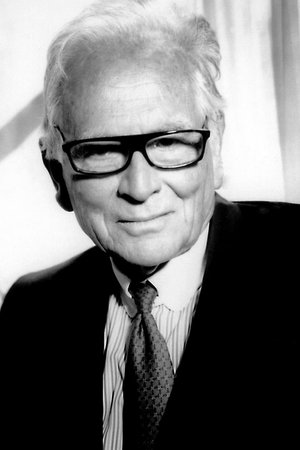Pierre Cardin (1922-2020)
Alias:
Pietro Costante Cardin
Birthplace:
San Biagio di Callalta, Veneto, Italy
Born:
July 2, 1922
Died:
December 29, 2020
Pierre Cardin, born Pietro Costante Cardin (2 July 1922 – 29 December 2020), was an Italian-born naturalised-French fashion designer. He is known for what were his avant-garde style and Space Age designs. He preferred geometric shapes and motifs, often ignoring the female form. He advanced into unisex fashions, sometimes experimental, and not always practical. He founded his fashion house in 1950 and introduced the "bubble dress" in 1954. Cardin was designated a UNESCO Goodwill Ambassador in 1991, and a United Nations FAO Goodwill Ambassador in 2009. Cardin was born near Treviso in northern Italy, the son of Maria Montagner and Alessandro Cardin. His parents were wealthy wine merchants, but lost their fortune in World War I. To escape the blackshirts they left Italy and settled in Saint-Étienne, France in 1924 along with his ten siblings. His father wanted him to study architecture, but from childhood he was interested in dressmaking. Cardin moved to Paris in 1945. There, he studied architecture and worked with the fashion house of Paquin after World War II. He worked with Elsa Schiaparelli until he became head of Christian Dior's tailleure atelier in 1947, but was denied work at Balenciaga. Cardin founded his own fashion house in 1950. His career was launched when he designed about 30 of the costumes for a masquerade ball in Venice, hosted by Carlos de Beistegui in 1951. Cardin inaugurated his haute couture output in 1953 with his first collection of women's clothing and became a member of the Chambre Syndicale, a French association of haute couture designers. The following year he opened his first boutique Eve, and introduced the "bubble dress", which is a short-skirted, bubble-shaped dress made by bias-cutting over a stiffened base. He was the first couturier to turn to Japan as a high fashion market when he travelled there in 1957. As haute couture began to decline, ready-to-wear ('prêt-à-porter') soared as well as Cardin's designs. He was the first to combine the "mini" and the "maxi" skirts of the 1970s by introducing a new hemline that had long pom-pom panels or fringes. Beginning in the 1970s, Cardin set another new trend: "mod chic". This trend holds true for the form or for a combination of forms, which did not exist at the time. He was the first to combine extremely short and ankle-length pieces. He made dresses with slits and batwing sleeves with novel dimensions and mixed circular movement and gypsy skirts with structured tops. These creations allowed for the geometric shapes that captivated him to be contrasted, with both circular and straight lines. Cardin became an icon for starting this popular fashion movement of the early 1970s. Inspired by space travel and exploration, Cardin visited NASA (the National Aeronautics and Space Administration) in 1970, where he tried on the original spacesuit worn by the first human to set foot on the moon, Neil Armstrong. Cardin designed spacesuits for NASA in 1970. Cardin resigned from the Chambre Syndicale in 1966 and began showing his collections in his own venue. He also designed uniforms for Pakistan International Airlines, which were introduced from 1966 to 1971 and became an instant hit. ... Source: Article "Pierre Cardin" from Wikipedia in English, licensed under CC-BY-SA 3.0.





